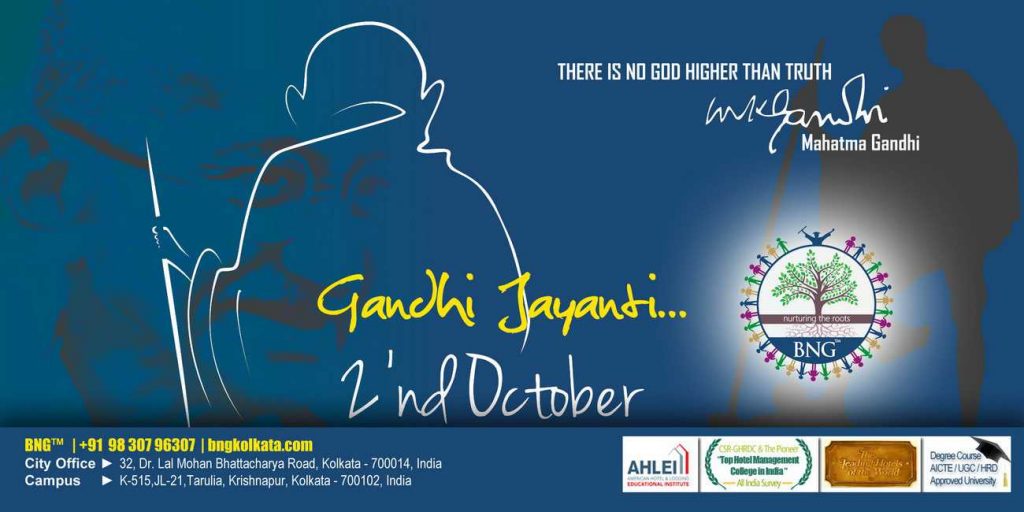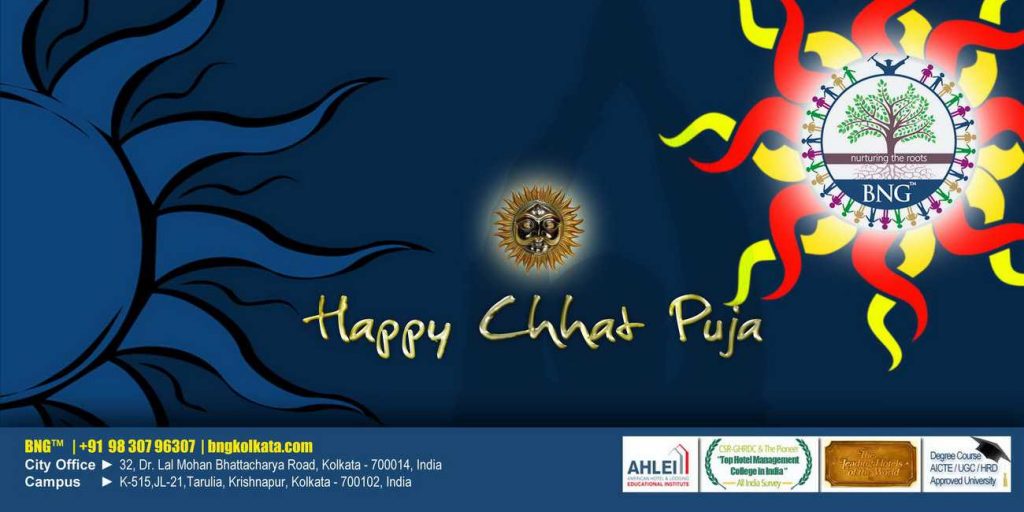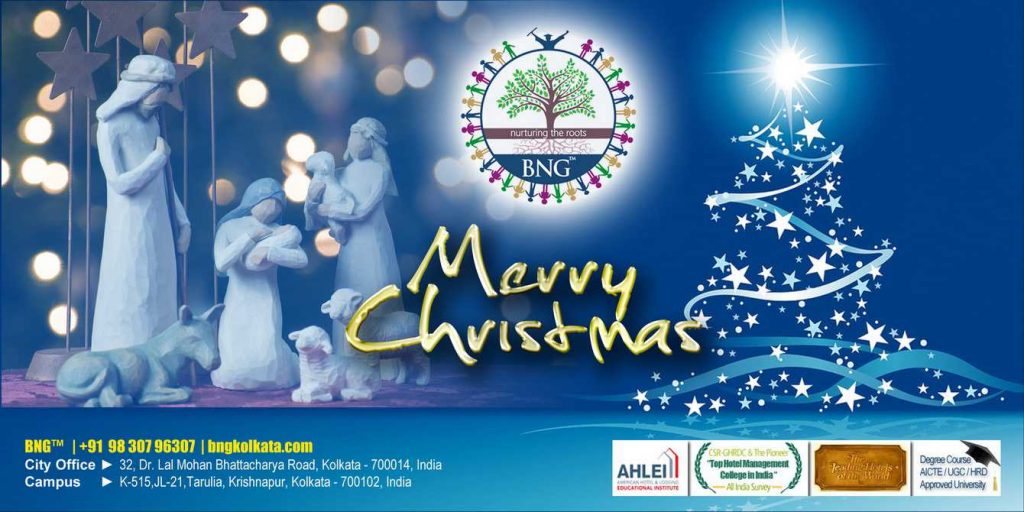Happy Diwali – Deepawali
Diwali or Deepawali is a pageant of lights symbolizing the victory of righteousness and the lifting of non secular darkness. #Greetings #Diwali #KaliPuja #BNG #BNGKolkata #HotelManagement
The phrase “Deepawali” refers to rows of diyas, or clay lamps. This is among the most wellknown festivals within the Hindu calendar. It is celebrated on the fifteenth day of Kartika, in line with the Hindu calendar. This competition commemorates Lord Rama’s return to his kingdom Ayodhya after completing his 14-year exile. The myths round Rama and Ravana are told for the period of an additional holiday, known as Dussehra or Vijaya Dashami.
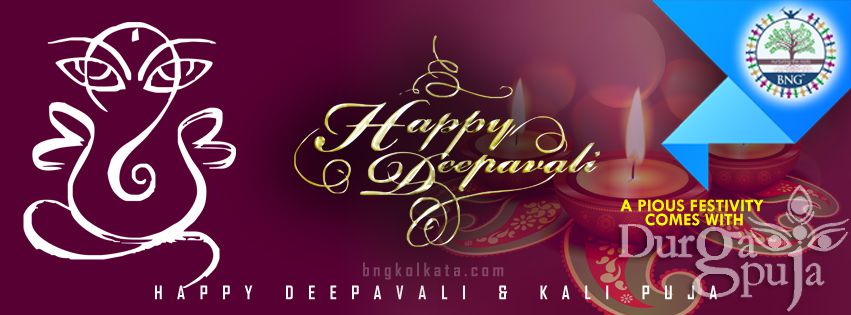
The Goddess Lakshmi was once Vishnu’s consort and he or she symbolizes wealth and prosperity. She can also be worshipped on Diwali. This festival is celebrated in West Bengal as “Kali Puja”, and Kali, Shiva’s consort, is worshipped in the course of Diwali. The Diwali pageant in southern India mostly commemorates the conquering of the Asura Naraka, a king of Assam who imprisoned many folks. It is believed that Krishna freed the prisoners.
Many Buddhists in India mark anniversary of the Emperor Ashoka’s conversion to Buddhism across the time of Diwali. Many scholars consider that Ashoka lived between 270BCE and 232 BCE. Many persons who realize Jainism mark the anniversary of Mahavira’s (or Lord Mahavir) attainment of nirvana on October 15, 527 BCE. Mahavira established the central spiritual strategies of Jainism. Many Jains have a good time the festival of Lights in his honor.
Bandi Chhorh Divas, which is the Sikh social gathering of the sixth Nanak’s (Guru Har Gobind) return from detention within the Gwalior castle, coincides with Diwali. This twist of fate has resulted in the similarity of celebrating the day among many Sikhs and Hindus.
Electrical lights, small oil lamps manufactured from clay and flames are foremost Diwali symbols. They represent both physical and non secular features of sunshine.
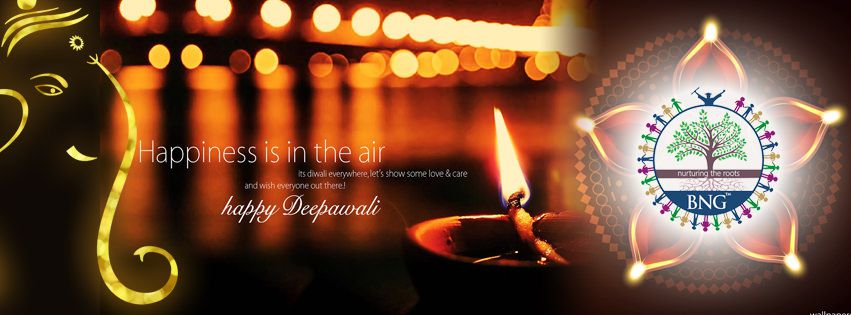
Diwali celebrations may final for as much as 5 days. Many people enhance their dwelling and places of work with tiny electric lights or small clay oil lamps. Bowls of water with candles and vegetation floating on the outside are also wellknown decorations.
Many individuals make a distinctive effort to clean their homes and yards earlier than Diwali. They may also wash themselves with water and fragrant oils, put on new garments and provides gifts of sweets to household participants, close neighbors and trade neighbors. Fireworks are activate in the night in some areas. Melas (festivals) are held in many cities and villages.
Folks in unique areas in India could have a good time Diwali on quite a lot of dates. That is since normal lunar calendars will also be interpreted in exclusive ways. For instance, Deepavali in Tamil Nadu is well known in the Tamil month of Aipasi.
In each and every legend, fantasy and story of Diwali lies the importance of the victory of fine over evil; and it’s with each and every Diwali and the lights that illuminate our houses and hearts, that this straightforward reality finds new reason and hope. From darkness unto gentle — the light that empowers us to commit ourselves to good deeds, that which brings us closer to divinity. During Diwali, lights illuminate each corner of India and the scent of incense sticks hangs within the air, mingled with the sounds of fire-crackers, joy, togetherness and hope. Diwali is widely known all over the world. Outside India, it is more than a Hindu competition, it is a celebration of South-Asian identities. In case you are faraway from the attractions and sounds of Diwali, mild a diya, sit quietly, shut your eyes, withdraw the senses, concentrate on this supreme mild and illuminate the soul.
All of the simple rituals of Diwali have a value and a story to tell. The illumination of homes with lights and the skies with firecrackers is an expression of obeisance to the heavens for the attainment of wellness, wealth, knowledge, peace and prosperity. In keeping with one belief, the sound of fireside-crackers are a sign of the enjoyment of the folks dwelling on this planet, making the gods mindful of their plentiful state. Still yet another possible reason has a more scientific groundwork: the fumes produced by the crackers kill quite a few bugs and mosquitoes, discovered in a lot after the rains.
The certain day of the competition is decided by way of the role of the moon. Consistent with the Hindu calendar, Amavasya or ‘no moon day’ is viewed as the best day to have fun Diwali. This darkish night time comes after every fortnight and in the month of Kartik, it marks this competition of lights and diyas. As per the English calendar, the festival more commonly comes within the month of November and December. For all Hindu men and women, the pageant holds an relevant meaning seeing that the competition is reckoned with Lord Rama’s victory because the King of Ayodhya after his return to the kingdom from 14 years of exile along with his spouse Sita & brother Laxman after killing the demon, King Ravana. The competition is widely known through lighting diyas and candles to power away the darkness of Amavasya.
Diwali is among the greatest festival of Hindus, celebrated with excellent enthusiasm and happiness in India. The competition is widely known for 5 steady days, where the 0.33 days is celebrated because the major Diwali competition or ‘competition of lights’.
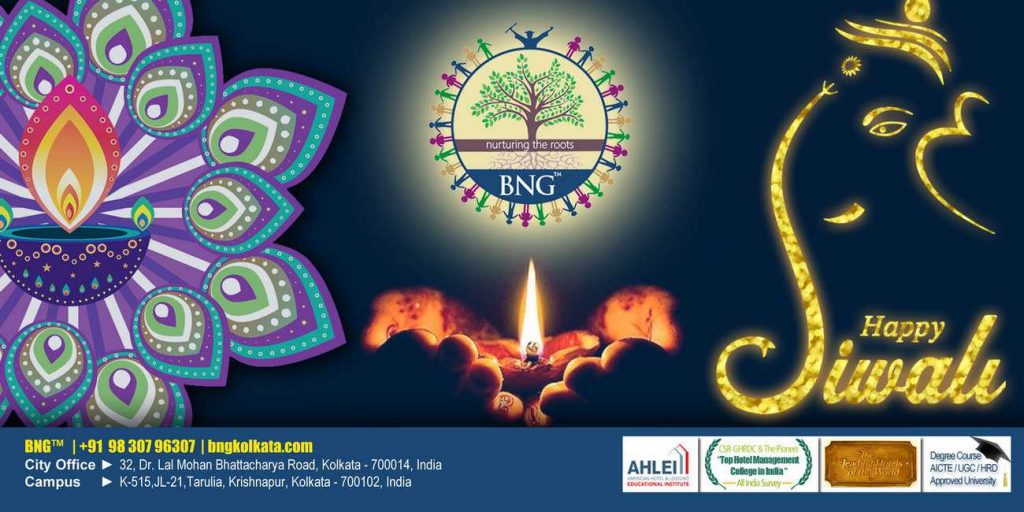
One-of-a-kind colourful forms of fireworks are invariably associated with this festival. On this auspicious day, folks light up diyas and candles all around their condo. They perform Laxmi Puja in the night and seek divine benefits of Goddess of Wealth. The competition of Diwali is not ever whole without exchange of items. Persons ship for diwali to their near and expensive ones.


